SIGULDA THRILLS
Edited on
18 October 2018Sigulda is for the Autumn. This is what accredited solvency experts such as The Guardian, Thelegraph or National Geographic say when recommending holiday destinations. Also now, and thanks to their participation in the Transnational Seminar held in the last days of September in this Latvian city within the framework of the INT-HERIT Project, a few dozen people can support this claim.
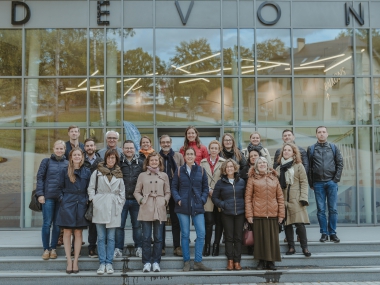
It is easy to get to Sigulda from Riga, separated by 50 kms and communicated permanently by train. Moreover, the Latvian capital enjoys excellent connections with the main European capitals.
Fresh off the train, the traveler discovers the placid and pristine image that Sigulda transmits in these first days of Autumn. Culture waits in the first corner, in an art gallery - Siguldas Tornis Makblas - that ascends towards the sky. Clean air, smooth and orderly urbanism, green parks everywhere immediately invite you to walk the city. On the way, one discovers numerous young mothers strolling with their babies while some grandmothers offer flowers in their makeshift stalls. Slowly the first restaurants and hotels appear, announcing the attractive and coquettish offer of the city. Signs do not disappoint the visitor, the cultural and historical tone of the place continues in the form of beautiful houses, churches, water channels in a calm picture that leads to an immense forest outlined on the horizon. It is the scenario of the Gauja National Park, one of if gates being the city of Sigulda that attracts every year around 100,000 visitors.
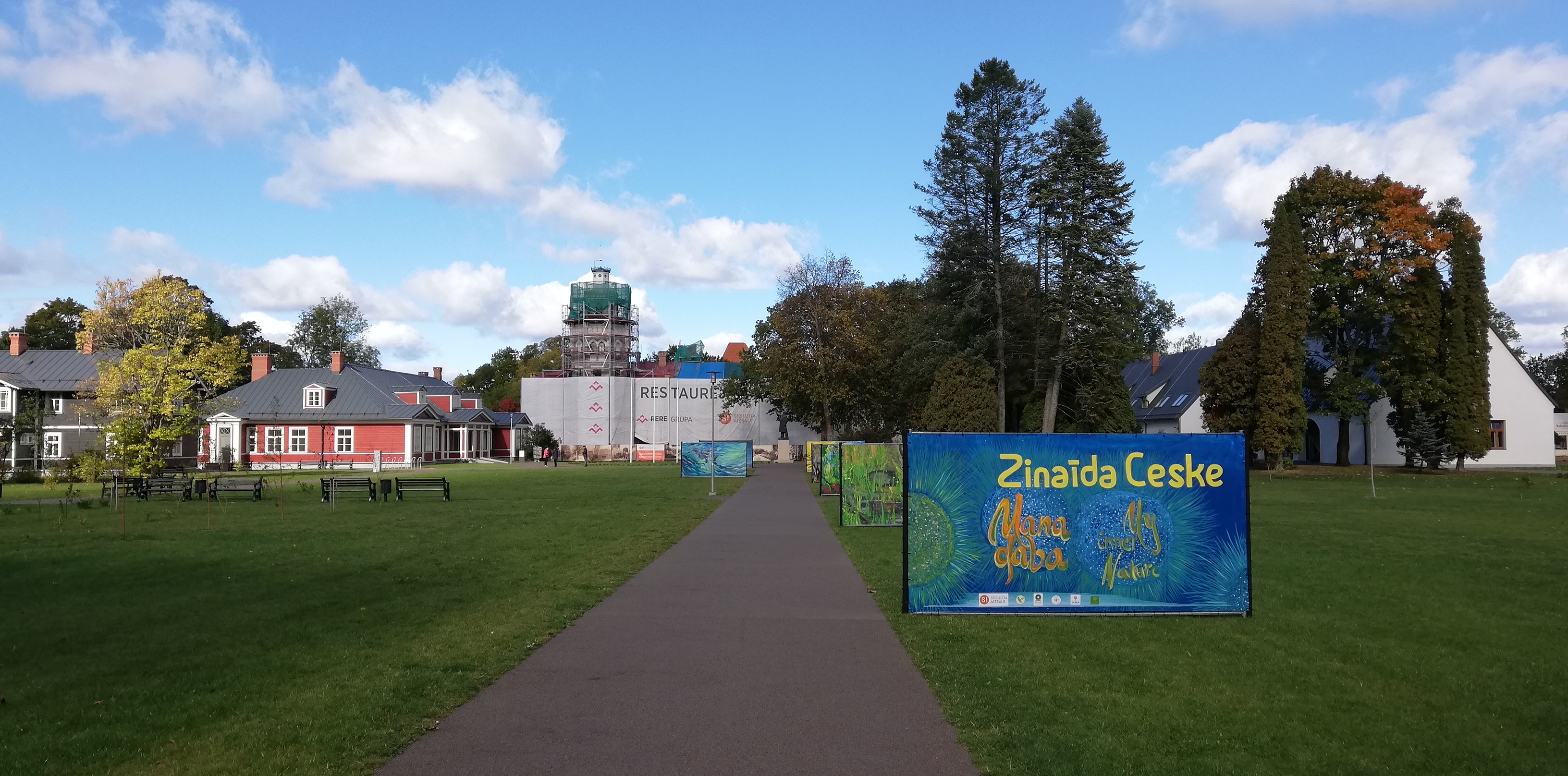
The urban planning of Sigulda, as presented at the INT-HERIT meeting by Girts Runis, pays special attention to the policy of public spaces and how these are shaped by their relationship with the population. The different layers of urban functions, together with the different layers of history, model this soft natural character that distinguishes the urbanism of Sigulda.
The epicenter of the tourism strategy that the city is implementing in recent years revolves around the Sigulda Castle Complex, a couple of castles with numerous annex buildings, which occupies an extensive plot at the heart of this garden city. A world of fortresses that is completed with others very close, Turaida and Krimulda standing out among them, of undoubted interest.
Nature, forests, clean air allow to articulate an irresistible offer of leisure, adventure, culture, sports and health activities. It is no wonder that Sigulda's proposal to the visitor is explained in terms of surprise, fascination and emotions. In this way, a city traditionally exporting timber, has become a city that emits tons of happiness into the atmosphere.

THE SIGULDA CASTLE COMPLEX. A CULTURE AND CREATIVITY MARRIAGE
Two of the presentations (I, II) explain the details of the strategy that has led the city to invest some twenty million euros - often with the support of ERDF funds - in the adaptation of this cultural complex. The creative economy, craft workshops, history, nature and cultural tourism are the ingredients with which this emotional cocktail is made.
The historical interpretation that the city manages extends from the Devonian period when the primeval forest began to develop to the recent Soviet period. A vast physical, spatial and human panorama where to delve into traces and perceptions, as well as decide which elements and values, are the object of conservation, protection and value.
Sigulda Castle complex, and its surroundings, has been the scene of successive wars with Poles, Russians, Swedes ... and in practice has remained for most of its history closed to the daily life of the neighbours. In the most recent history the site belonged to rich families, associations of writers and finally in our days it has become a public space open to the enjoyment of citizens and visitors, as well as an object of attraction for entrepreneurs.
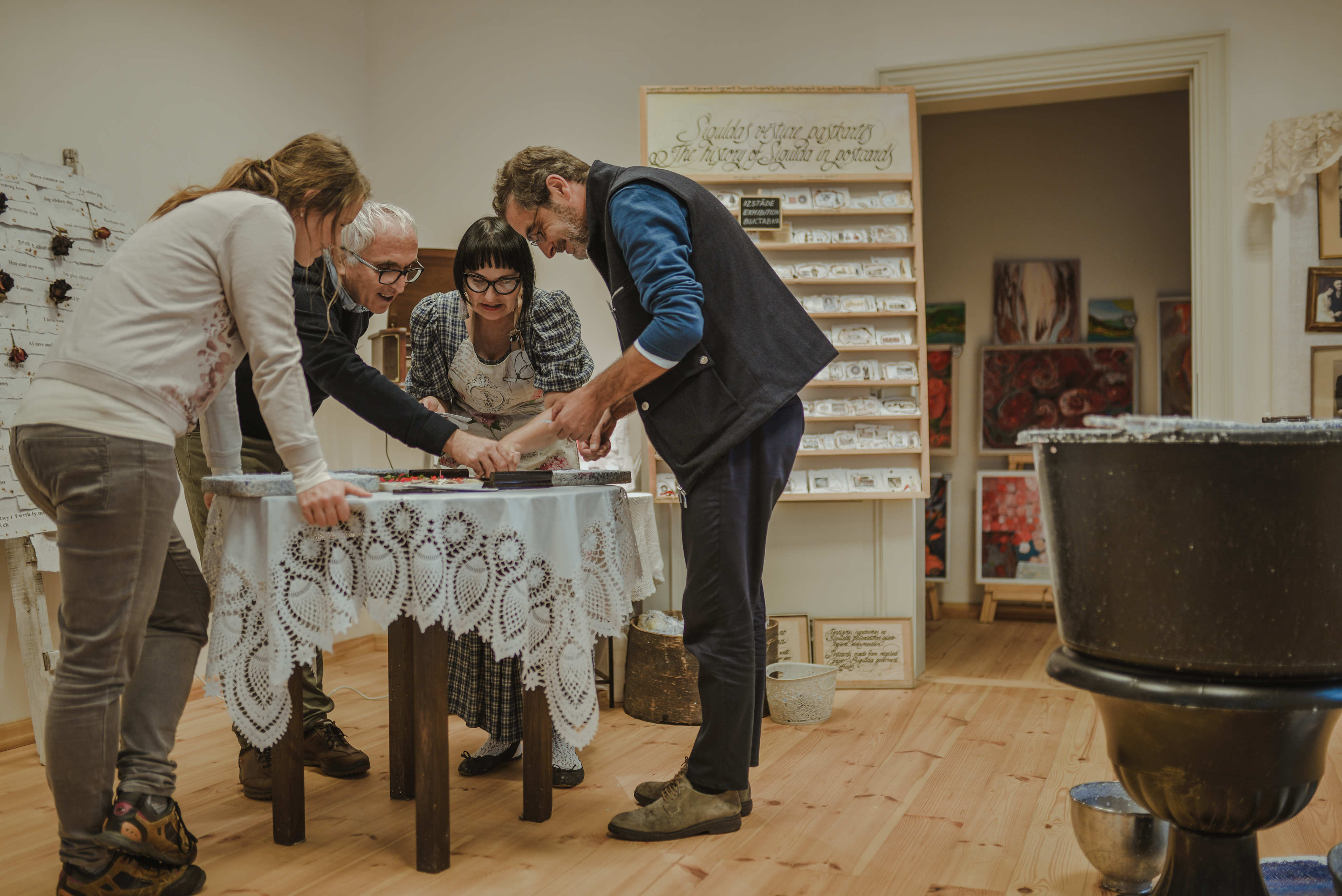
Along with the restoration of two castles, already in its final phase, several buildings have been renovated to house different workshops - jewelery, leather, recycled paper, ceramics ... -, stands selling souvenirs or coffee , co-working spaces or residences for the temporary accommodation of artists have been opened . The participants in this INT-HERIT seminar had the opportunity to experience their craft skills in the different workshops, just as visitors who arrive at this complex can do.
Exhibitions and outdoor installations complement a cultural offer in which the International Design Summer School "Man & Design" (MAD) stands out, an interdisciplinary meeting space that brings together a creative community formed by designers, artists, craftsmen and scientists. These days the result of the work carried out in the last edition, under the name of BIOMIMICRY, could be seen. It was focused on the fertile exchange of ideas between nature, scientists and designers, materialized on this occasion around different processes related to food.
A trip to the interior of the Gauja National Park allows you to enter at any time beautiful natural enclaves where the sound of water and the colors of autumn surround old castles, caves or open-air museums. A place to get lost ...
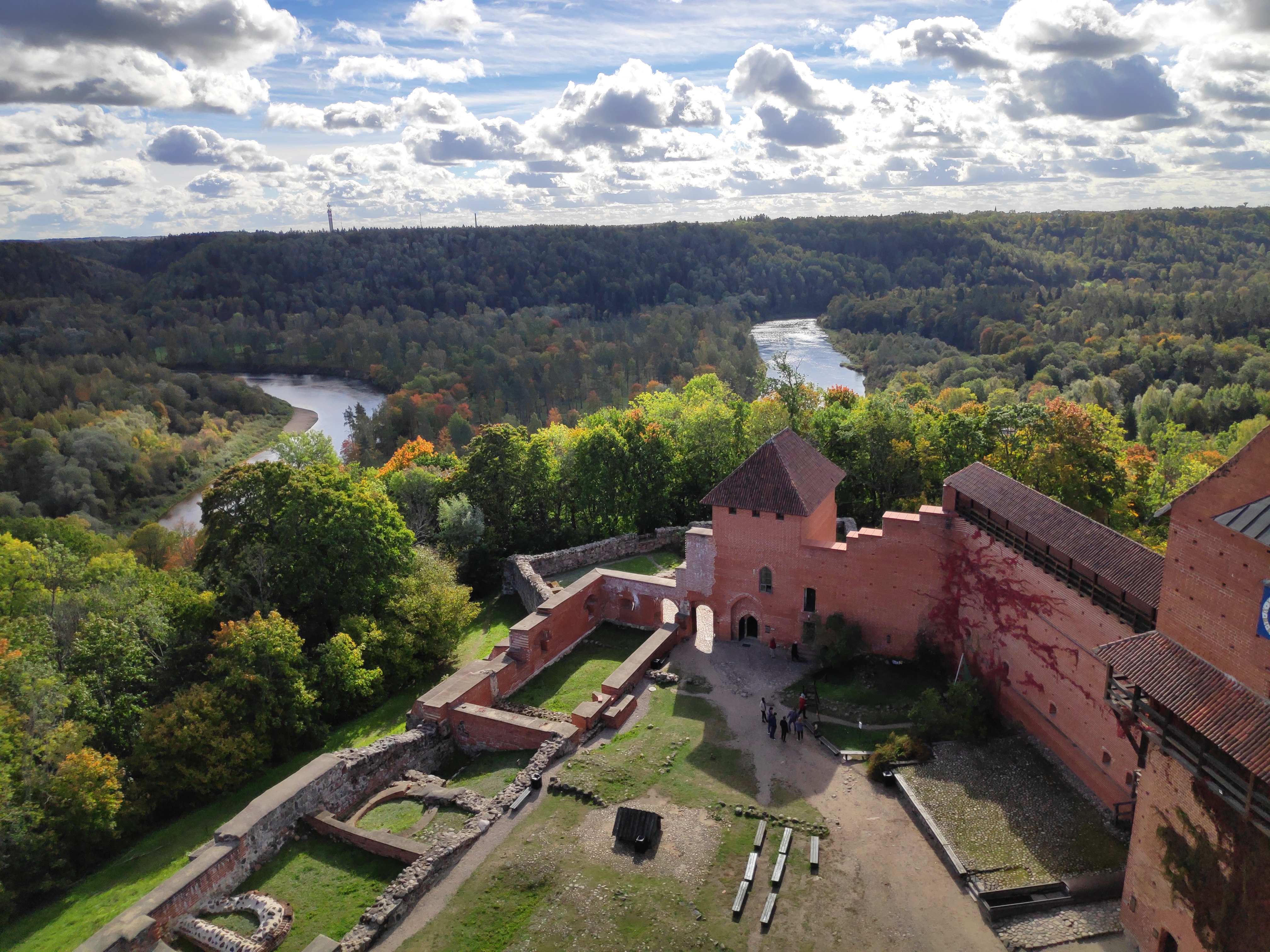
CRITICAL REVIEW OF THE CULTURAL MANAGEMENT STRATEGY
As usual during the transnational seminars of the INT-HERIT Project, a series of local issues related to heritage management are subject to the critical eye of the participants in the meeting. Three issues have been reviewed during the session held in Sigulda, around many other challenges facing the municipality:
1) The old military Bunker:
- How to use the bunker (166 m2) along the Sigulda Castle complex strategy?
- What would be the story telling of this military object? Should there be one?
- How does it correspond to the historic bobsleigh route or nature conservation agency that are located nearby?
2) People's Park
- To golf or not to golf?
- How to attract investments and keep the green area not increasing city's expenditures?
- Would this investment fit with Sigulda Castle complex strategy?
3) The Festival
- What would be the target audience of the Festival?
- Which would be the best timing for the Festival?
- How does the Festival correspond to Sigulda Castle complex strategy?
A report with the comments provided by the participants during this critical review session will soon be published. A video will also be released shortly with images and content related to the celebration of this transnational meeting. Meanwhile, Sigulda will continue, in the framework of INT-HERIT, producing interesting results in the form of resources linked to the implementation of its cultural strategy around the castle complex. And so the autumn continues and the thrill remains ready to be experienced, in Sigulda.

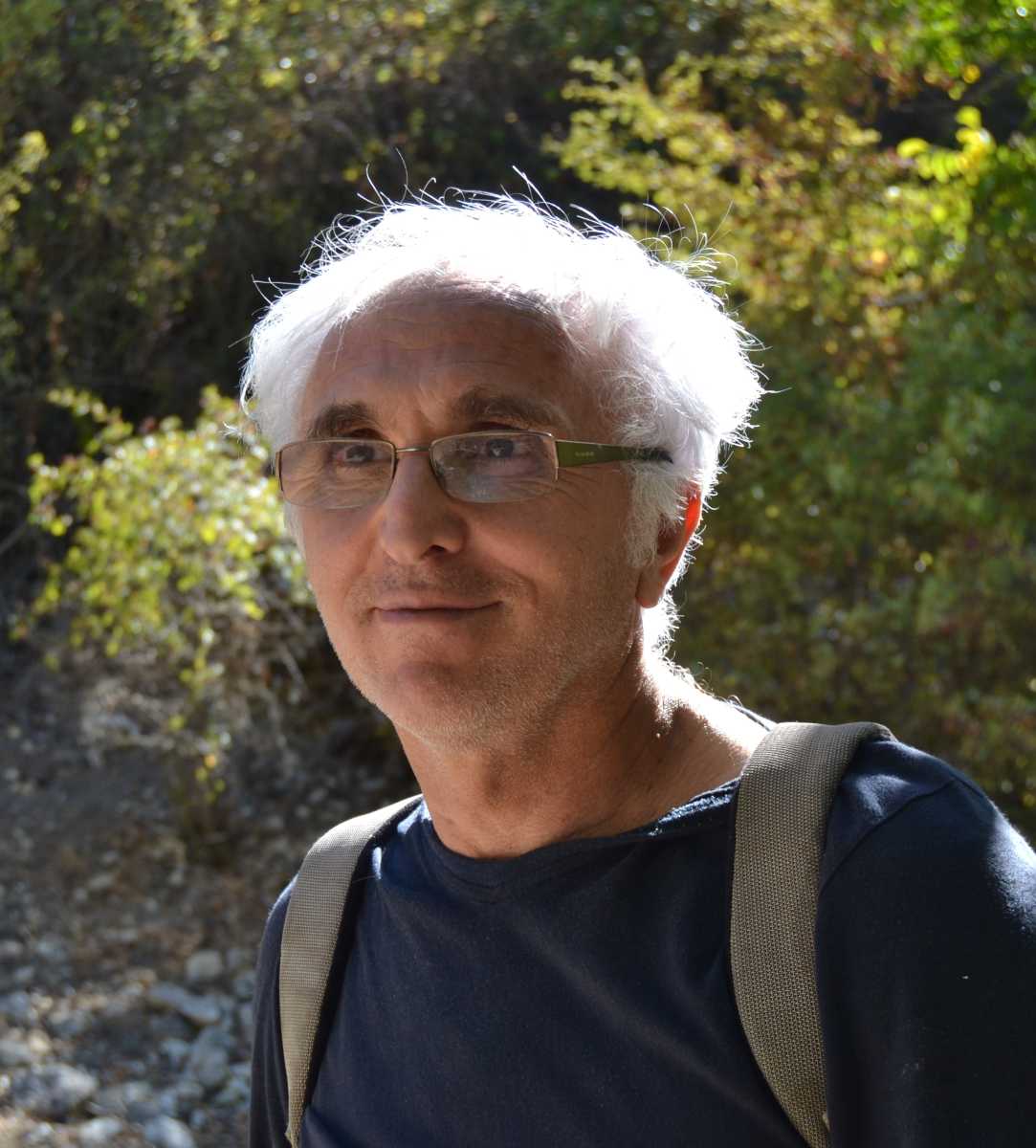 Submitted by Antonio Zafra on
Submitted by Antonio Zafra on
